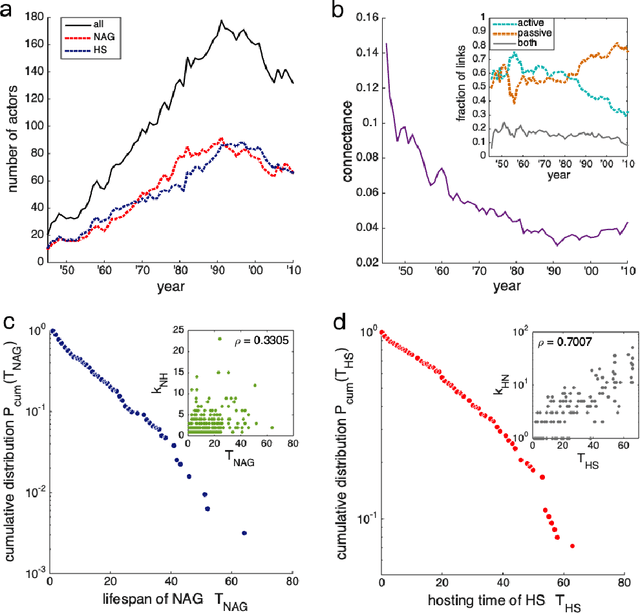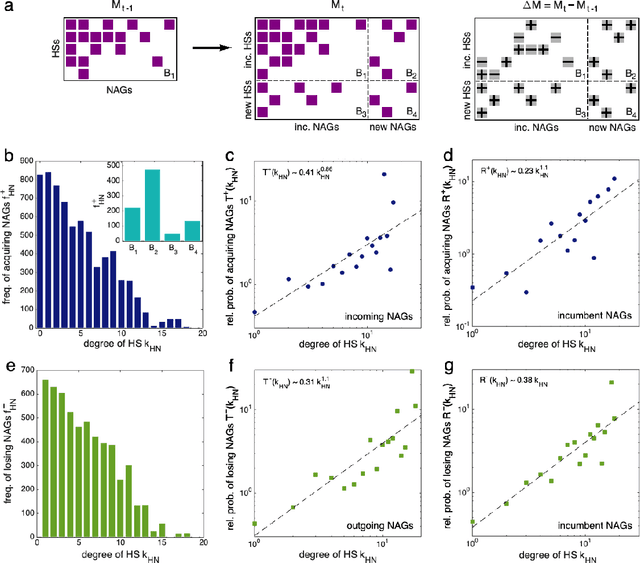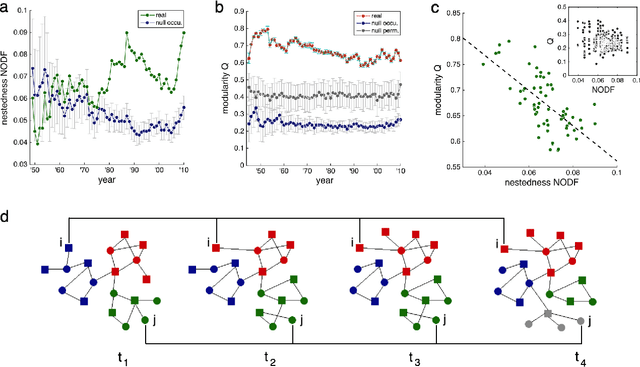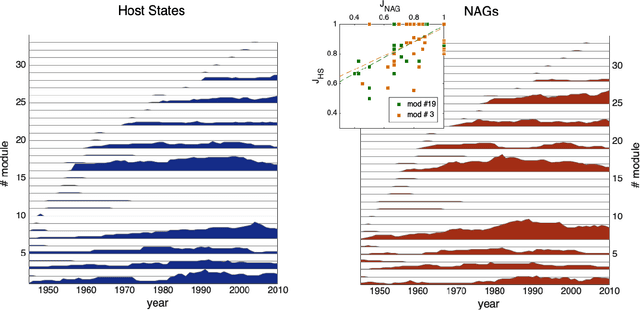Belgin San-Akca
Quantifying the Global Support Network for Non-State Armed Groups (NAGs)
Jan 31, 2021



Abstract:Human history has been shaped by armed conflicts. Rather than large-scale interstate wars, low-intensity attacks have been more prevalent in the post-World War era. These attacks are often carried out by non-state armed groups (NAGs), which are supported by host states (HSs). We analyze the global bipartite network of NAG-HS support and its evolution over the period of 1945-2010. We find striking parallels to ecological networks such as mutualistic and parasitic forms of support, and a nested and modular network architecture. The nestedness emerges from preferential behaviors: highly connected players are more likely to both gain and lose connections. Long-persisting major modules are identified, reflecting both regional and trans-regional interests, which show significant turnover in their membership, contrary to the transitory ones. Revealing this architecture further enables the identification of actor's roles and provide insights for effective intervention strategies.
 Add to Chrome
Add to Chrome Add to Firefox
Add to Firefox Add to Edge
Add to Edge